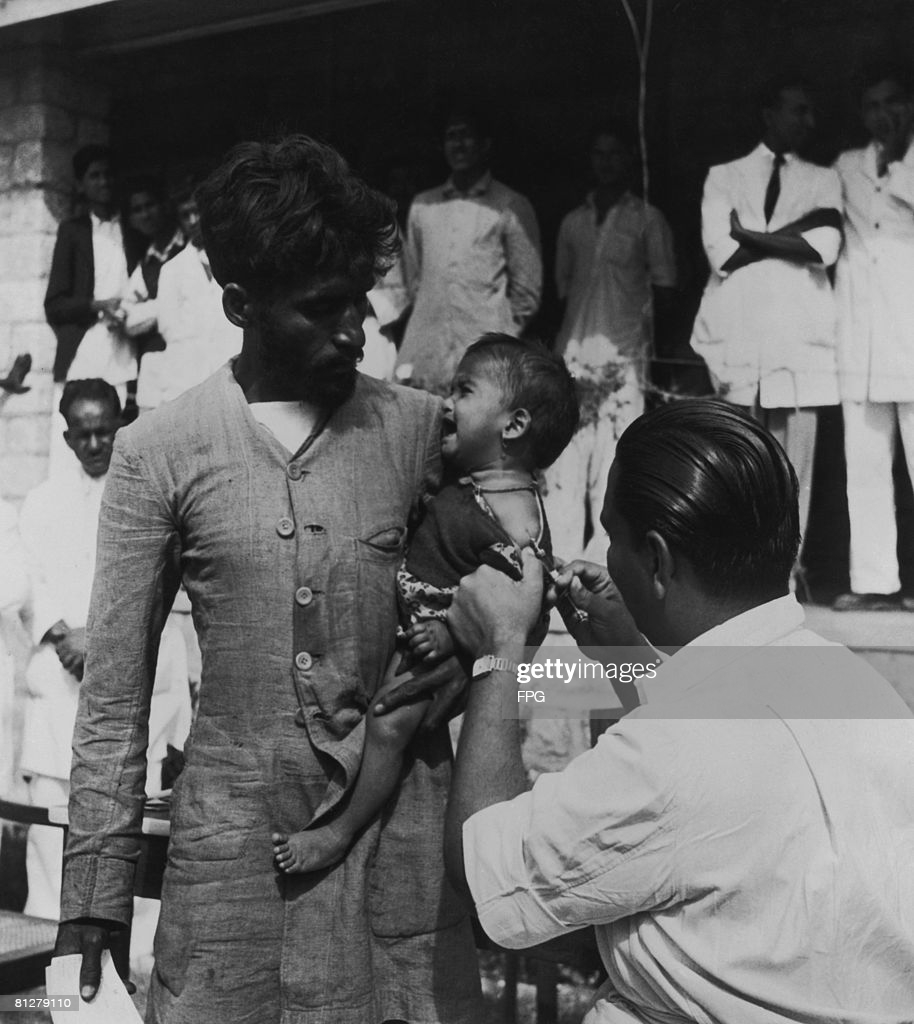The process is simple. Surrender some of your blood, and a lab will filter out the cells and keep only the amber-colored serum, with the antibodies to the virus still in there and active. This serum, further refined, is called “hyperimmune globulin.” All that remains is to infuse the serum into a healthy person (or, in much greater quantities, into a sick one). The antibodies won’t last forever, but they could last weeks or months, and either help a sick recipient heal or keep a healthy recipient from getting the virus at all.
Yesterday, a team at Johns Hopkins University led by Arturo Casadevall received FDA approval to try this technique. “This has a high probability of working, based on 100 years of experience in medicine,” he says. Indeed, it was used successfully to treat Ebola in 2014.
The approach does carry risks. Antibodies to a virus can make a viral infection worse in some cases, such as with dengue fever. We don’t know if COVID-19 will react that way. (Most viruses do not.) Despite this, Casadevall says he has already had volunteers who wish to donate their antibodies or receive the serum from others. “This is real,” he says. “In eight weeks, we may have something that’s useful.” Takeda Pharmaceuticals, a Japanese company that has developed and sold hyperimmune globulin for other conditions since 2005, has already started collecting plasma from convalescent COVID-19 patients, according to Julie Kim, an executive there. She says she hopes that Takeda’s product will become available in nine to 18 months.
Read: America isn’t testing for the most alarming cases of coronavirus
A catch: Each COVID-19 survivor can support the immunity of at most a few others, and to do so, the survivor will have to be bled at regular intervals, becoming a human blood bag. Casadevall suggests that the ratio of convalescent COVID-19 patients to serum recipients might be as low as 1 to 2, or as large as 1 to 10—10 immunized recipients for every survivor who opens his veins. The next eight weeks will be devoted, among other things, to figuring out how many people a single blood bag can support. They’ll also have to figure out which convalescent patients are best endowed with antibodies, and wring as much blood plasma out of them as possible.
And if the project works, it will create ethical dilemmas. Who will be among the lucky 10 for every survivor? Will you be able to donate your antibodies to your loved ones? They’re your antibodies after all—ones you worked hard to produce—and perhaps you should have the right to choose where they should go. In free countries, we are reluctant to take away citizens’ precious bodily fluids, bleeding one another dry, without permission.
But something feels wrong about a world in which the rich can immunize themselves by buying the blood of the poor as they stagger out of the hospital. As a matter of public health, people in need should have dibs on those antibodies. Put health-care workers first in line, Casadevall suggests, and those who care for sick relatives at home. One option would be to nationalize COVID-19 antibodies: You can keep them in your own body and enjoy them all you like, but once they get sucked out of your body, they belong to humanity and might even get pooled into a massive stockpile of blood plasma, on tap for those who need it most. Another option, less restrictive, would be to treat the plasma like kidneys. You can donate your kidney to anyone but sell it to no one. This approach, it must be said, leaves us with a shortfall of 21,000 kidneys every year, and 13 people die every day on the wait list. Let survivors sell their antibodies, and more antibodies will be available.
